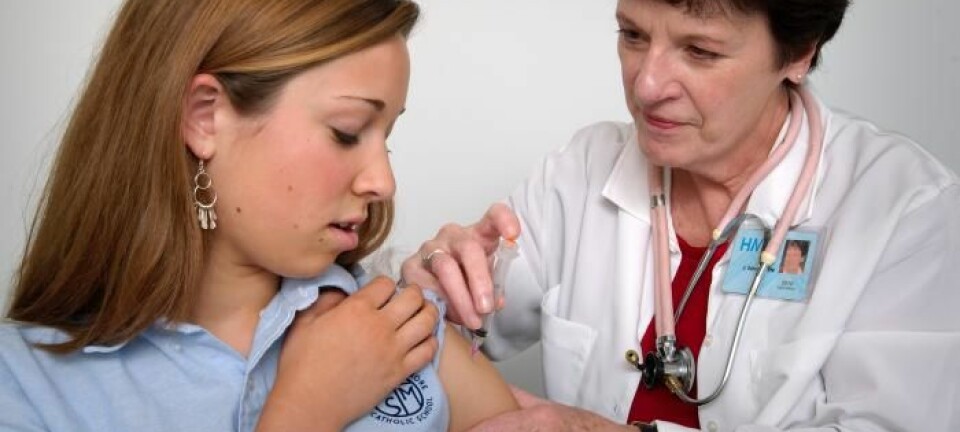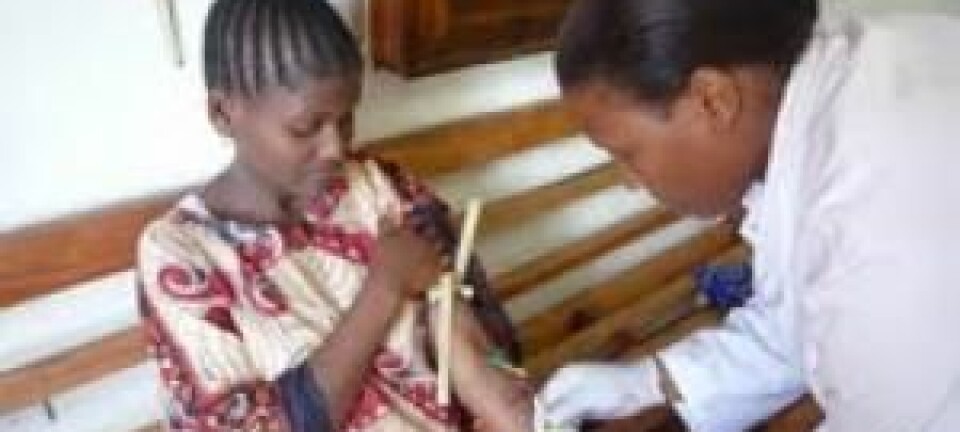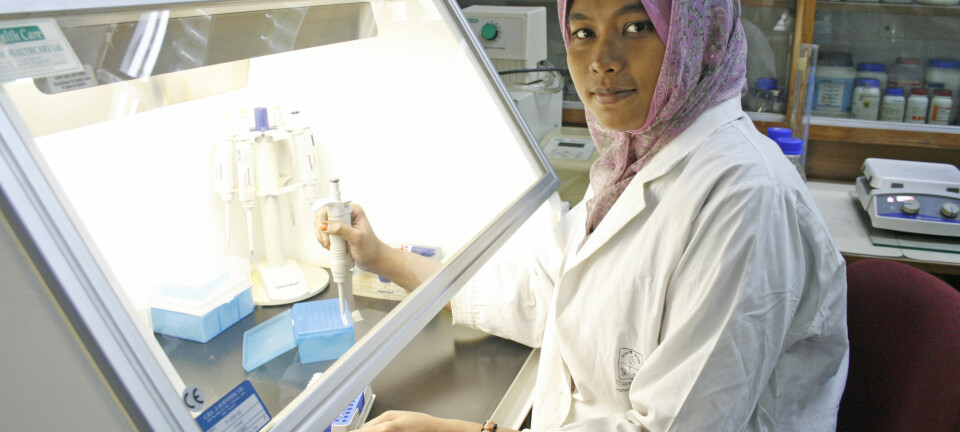
MMR vaccine also effective against diarrhoea and otitis
If more children in high-income countries were vaccinated against measles early enough, it would dramatically reduce the number of child hospitalisations due to common infectious diseases.
If your children are vaccinated against measles, mumps or rubella – the so-called MMR vaccine – they are also protected against a number of infectious diseases.
The MMR vaccine stimulates the immune system so that it not only fights children’s diseases, but also common infections, which are usually healed in high-income countries, but which kill millions of children worldwide every year.
”The vaccine significantly reduces the number of lower respiratory tract infections such as pneumonia, but there are also fewer admissions with other types of infections such as tonsillitis, otitis [inflammation of the middle ear] and diarrhoea in children who have been vaccinated,” says Signe Sørup, a postdoc fellow at the Danish State Serum Institute (SSI).
Fewer admissions for vaccinated children
A new study, based on more than 43,000 admissions to Danish hospitals, concludes that more than 150 Danish children per year could avoid being admitted to hospital with infections if they receive the MMR vaccine before the age of 16 months.
Today, only half of all Danish children are vaccinated before they reach this age.
“Children who are vaccinated against measles on time have 14 percent fewer hospital admissions with infectious diseases than children who have not been vaccinated,” says Sørup, who carried out the study at the Research Center for Vitamins & Vaccines (CVIVA) as part of the SSI's Bandim Health Project.
MMR vaccine reduces mortality
The findings, published in the journal JAMA, build on previous research, which also shows that the MMR vaccine has additional benefits.
A study carried out in 2010 in the West African country of Guinea-Bissau by Sørup’s Bandim Health Project colleagues showed that the vaccine reduces the risk of dying, not only of measles but also of other infectious diseases, by around 30 percent.
The researchers do not yet know the biological mechanisms that make the MMR vaccine effective against diseases other than measles, mumps and rubella. This is something they are currently looking into.
Millions of children die from infections
The latest study from the SSI underlines the importance of establishing or improving vaccination programmes not only in the Western world, but perhaps especially in developing countries and areas ravaged by war, says Professor Ib Christian Bygbjerg, of the Department of International Health, Immunology and Microbiology at the University of Copenhagen. He did not take part in the study, but he is familiar with the Bandim Health Project.
“It is very important for global health that live vaccines such as the MMR vaccine appear to not only have an effect on the microbe that it is supposed to target, but also protect against e.g. pneumonia and diarrhoea, which are among the major causes of death in poor and war-struck countries,” he says.
Worldwide, some 17-19 million people die every year from infectious diseases. Half of these are children.
Live vaccines are fragile
Many of the infectious diseases that the MMR vaccine protects against are known as diseases of poverty.
Unfortunately, a live vaccine (see Factbox) such as MMR is particularly difficult to administer in the poorest parts of the world and in war-struck countries such as Syria and Afghanistan,” says Bygbjerg.
”The problem with the MMR vaccine is that it needs to be live in order to work. But the vaccine loses its potency if it is exposed to heat and sunlight. This is problematic in countries where the health system is not working.”
-------------------
Read the Danish version of this article at videnskab.dk
Scientific links
- "Live Vaccine Against Measles, Mumps, and Rubella and the Risk of Hospital Admission for Nontargeted Infection", JAMA (2014), DOI: 10:100
- "Non-specific effects of standard measles vaccine at 4.5 and 9 months of age on childhood mortality: randomised controlled trial", BMJ, DOI: 10.1136/bmj.c6495








